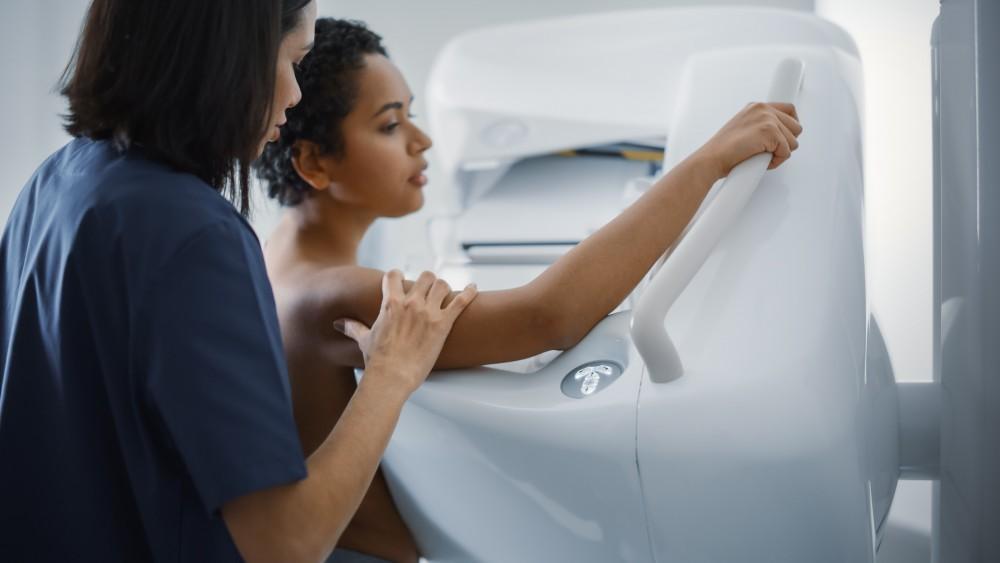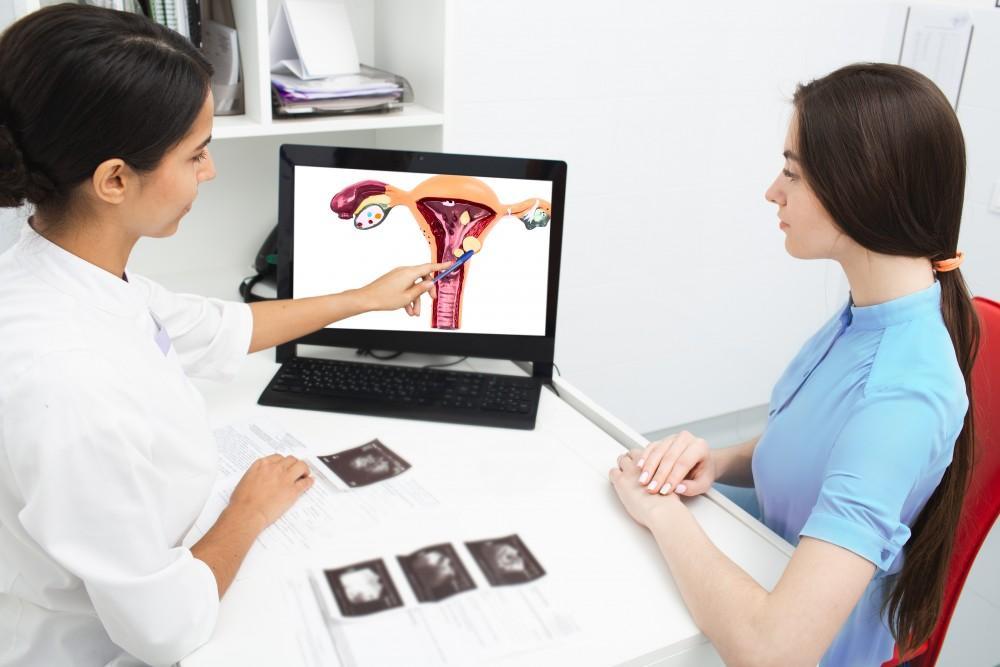
What to Expect From Your First 3D Mammogram
A mammogram is an X-ray of your breasts. It’s the best way to identify early...
Read MoreInvoluntary urine leakage, or urinary incontinence, is an embarrassing problem. It’s one of those topics that many women are hesitant to discuss at the doctor’s office, but not bringing it up could mean you’re suffering unnecessarily.
Urinary incontinence affects over 33 million Americans, two-thirds of whom are women. It’s an extremely common issue, and it’s treatable with a range of lifestyle changes and medical therapies.
There’s no reason to be embarrassed about your symptoms. Talk to the OB/GYN team at The Women’s Center to learn more about urinary incontinence. We’re here to help you find solutions that fit your life so you can stop worrying about your next trip to the bathroom.
Your pelvic floor muscles are bowl shaped, and their job is to support pelvic organs. But over the years, your muscles and organs can weaken. Many biological processes affecting women, from pregnancy and childbirth to menopause, contribute to weakened pelvic floor muscles and urinary incontinence.
Incontinence simply means that you don’t have as much control over your bladder as you did in the past. It’s a common issue, and the two most common types of urinary incontinence are stress and urge incontinence.
Stress incontinence is triggered by sudden movements, like laughing, sneezing, or coughing. Urge incontinence, also called overactive bladder, develops when you feel sudden, strong urges to urinate.
Many women have symptoms of both stress and urge incontinence. If you experience both, you might be diagnosed with mixed incontinence.
Our team at The Women’s Center diagnoses urinary incontinence with a pelvic exam, and we talk with you about your symptoms. Sometimes, we order urine tests or ultrasounds to complete the diagnosis.
If you have mild urinary incontinence, our team might begin by recommending lifestyle changes to treat your symptoms. Delayed urination strategies for planning regular trips to the bathroom can help prevent involuntary leakage.
Some women find that minimizing their fluid intake helps stop incontinence. Consider limiting water consumption to six to eight 8-ounce cups per day, and avoiding beverages that are carbonated, caffeinated, or alcoholic.
Pelvic floor strengthening exercises, also called Kegel exercises, are targeted to rebuild strength in pelvic floor muscles. Since urinary incontinence is often caused by weak pelvic floor muscles, regular strengthening exercises may improve symptoms.
Lifestyle changes can keep incontinence from interrupting your life, but if they aren’t enough to manage your symptoms, our team at The Women’s Center offers several different medical treatments for incontinence.
Medication can treat urinary incontinence symptoms by relaxing bladder muscles. This type of treatment can be combined with lifestyle changes.
MonaLisa Touch® is a popular option, because it’s a gentle laser treatment that restores vaginal tissue. It can treat mild urinary incontinence, along with vaginal dryness and other issues that are common with menopause.
Minimally invasive surgery may be an option in more severe cases. Surgery can restore pelvic floor strength to reduce symptoms when more conservative treatments haven’t made a significant difference.
Urinary incontinence is treatable. Get a personalized solution for your body at The Women’s Center. Call the Orlando, Florida, area office nearest you, or book online.




A mammogram is an X-ray of your breasts. It’s the best way to identify early...
Read More
About 1 in 10 women has ovarian cysts. These small growths form on your ovaries,...
Read More
If you and your partner have decided you’re ready to start growing your family, you’re...
Read More